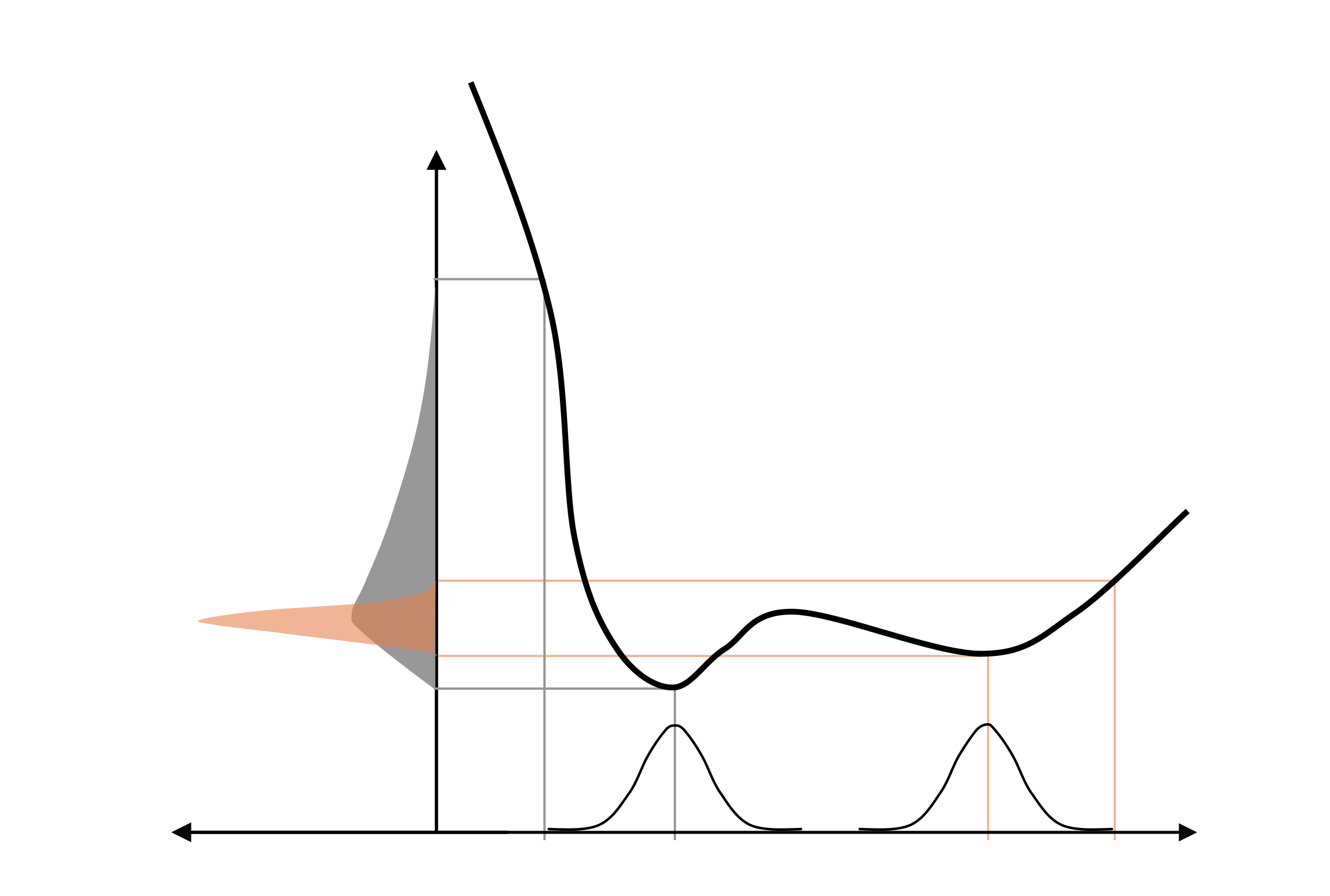
In a design phase, engineers often rely on simulations and optimize a set of parameters towards one or several objectives. This procedure becomes expensive as they tackle the many requirements (flexibility, efficiency, resilience, ...) of novel concepts and try to reach the required level of fidelity. Yet, more often than not, they rely on deterministic simulations—not considering the uncertainties of the inputs or the models. In some instances, the quality of an optimum can be dramatically affected by a slight change in the working conditions (boundary or operating conditions). Taking these uncertainties into account leads to robust optimization but adds a significant computational overhead, also known as the curse of dimensionality.
This course aims at training future engineers as user of robust optimization with a specific application to energy systems: balance of resources that are converted, stored, or transported to meet user needs. These systems have three inherent challenges: they contain multiple (sometimes thousands) parameters, they couple different sectors (e.g. transport and industry), and they include various types of uncertainties.
There are four main themes each related to a question an engineer should address as a user of robust optimization:
1. How to select the uncertainty propagation technique for the case being studied?
2. What is the best (and how to define “best”) optimizer for a specific model and the considered objectives?
3. How to evaluate and analyze the output of a robust optimization?
4. How to deal with models that have a high computational cost (mitigate the curse of dimensionality)?
- Teacher: Contino Francesco
- Teacher: Coppitters Diederik
- Teacher: Gaitanis Angelos
- Teacher: Ghuys Nicolas
- Teacher: Kchaou Mahdi
- Teacher: Limpens Gauthier
- Teacher: Pagani Pietro
- Teacher: Rixhon Xavier
- Teacher: Thiran Paolo
